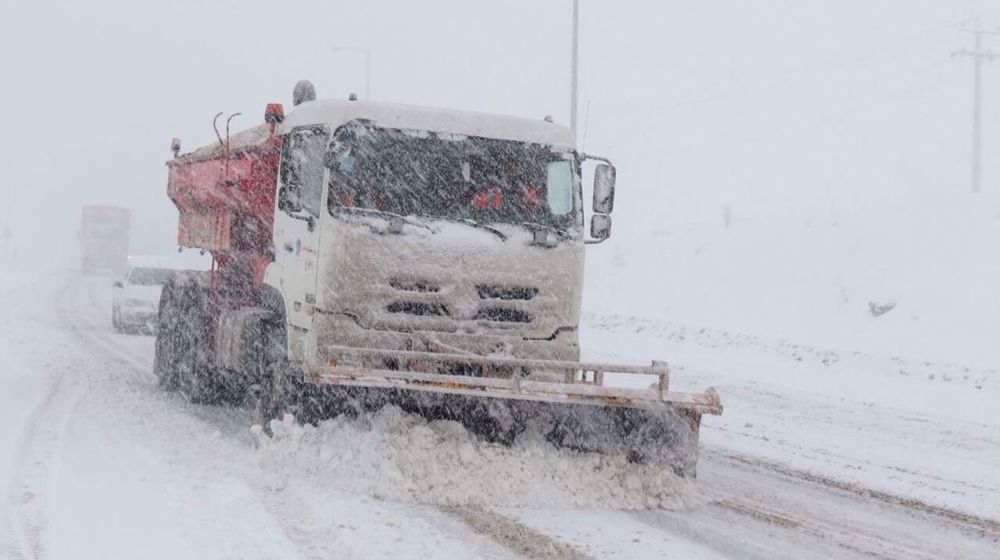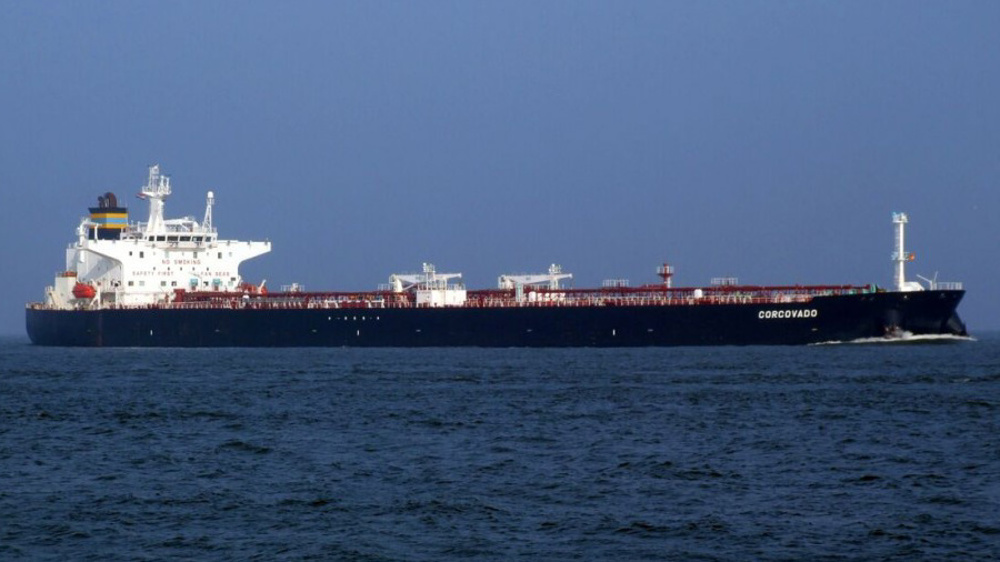Iran: Oil exports near record 3 million bpd
Iran's total exports of crude oil and gas condensate by Iran neared a record 3 million barrels per day (bpd) in the Persian month of Esfand which ended on March 20, Minister of Petroleum Bijan Zangeneh says.
Iran has been ramping up crude oil production to win back its market share since sanctions were lifted on the country in January 2016 under a nuclear accord with six world powers.
“The pace of growth in Iran’s crude oil production and exports has amazed international observers who did not think Iran could raise its production by 1 million barrels per day within three to four months after the removal of sanctions,” Zangeneh said.
Iran’s oil exports stood around 1 million bpd during the years when the West intensified sanctions on the Islamic Republic over its nuclear program.
Iran's total exports of crude oil and condensate averaged 2.8 million bpd in the months leading to the new Iranian year which started on March 21, Zangeneh said.
“We have managed to establish this rate as a right of the Islamic Republic of Iran in the Organization of the Petroleum Exporting Countries (OPEC) and bring Iran’s (market) share to the pre-sanctions levels,” Zangeneh said.
South Pars projects
Zangeneh also said a series of South Pars development projects, implemented with $20 billion of investment, will become operational in the current Iranian year.
The South Pars field in the Persian Gulf contains some 14 trillion cubic meters of gas, which accounts for eight percent of the world's known reserves. It is divided into 24 phases on the Iranian side for development.
According to the oil minister, Phases 17, 18, 19, 20 and 21 as well as South Pars' oil layer are among the projects to come online.

Last month, an official from the National Iranian Oil Company (NIOC) said Iran had begun producing oil from the oil layer which lies in the same area as the super giant South Pars gas field, but is developed separately.
The asset is now producing from seven subsea wells connected to a floating production, storage and offloading unit and has a target of 35,000 barrels per day in its first phase.
The South Pars oil layer is shared with Qatar, where it is known as Al Shaheen. As a joint field, it is among those prioritized for investment and has been named as a likely candidate for development under an Iran Petroleum Contract.
France's Total is seeking a 50.1% stake in the $4 billion South Pars Phase 11 development. The company inked a preliminary agreement with Iran last year, but it is looking to Washington for authorization to finalize it.
International firms have been cautious in their dealings with Iran despite the lifting of sanctions early last year because of fears of being blacklisted by the US.
Total became the first Western oil major to sign an energy agreement with Iran after the European Union and the United States undertook to lift sanctions on the Islamic Republic under a nuclear deal signed in July 2015.
The company helped Iran develop phases 2 and 3 of South Pars in the 2000s, before pulling out of the country after Western sanctions were imposed in 2011.
IRGC intelligence forces bust Takfiri terrorist team in western Iran
Syria’s de facto new ruler names Asaad al-Shibani as foreign minister
How 8-year-old Lebanese child Fawaz nixed Ben Gurion’s 76-year-old fallacy
VIDEO | 700,000 Cubans rally at US embassy in Havana against trade embargo
Iranian embassy staffer assassinated by terrorists in Damascus
VIDEO | Press TV's News Headlines
Scandalous detention of Iranians by US to extort information
VIDEO | Israeli forces open fire on Syrians protesting occupation










 This makes it easy to access the Press TV website
This makes it easy to access the Press TV website